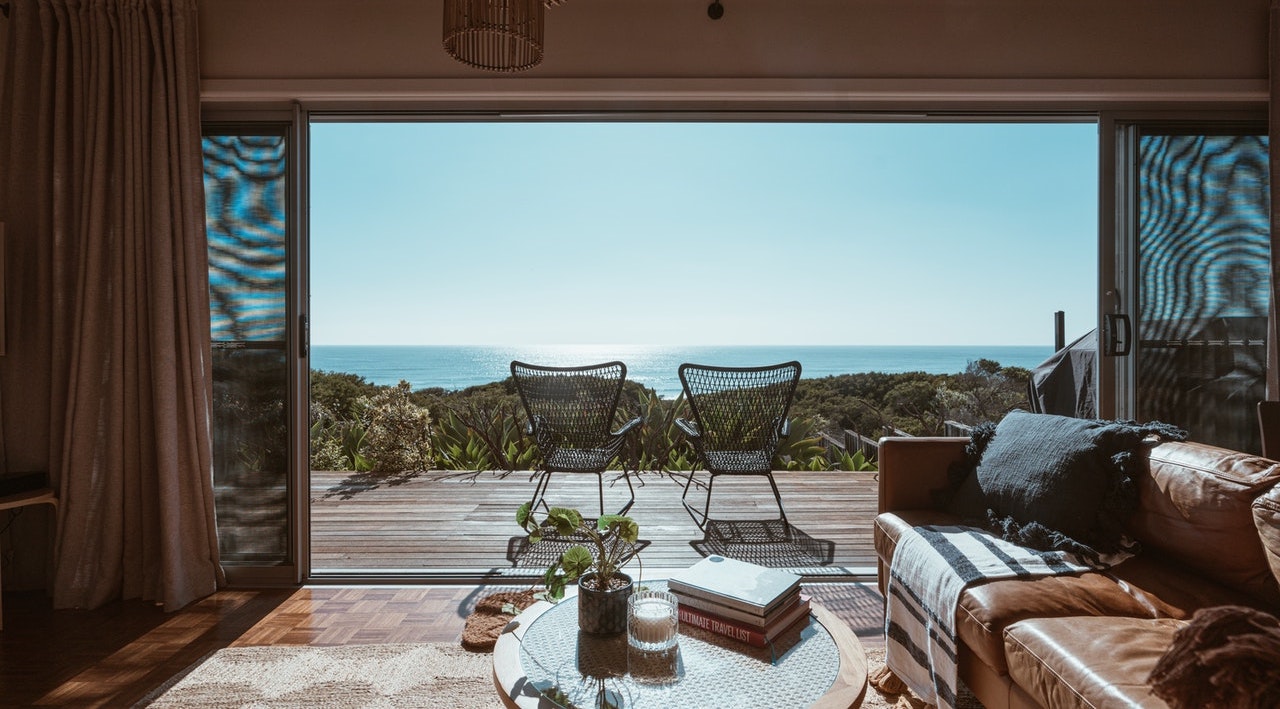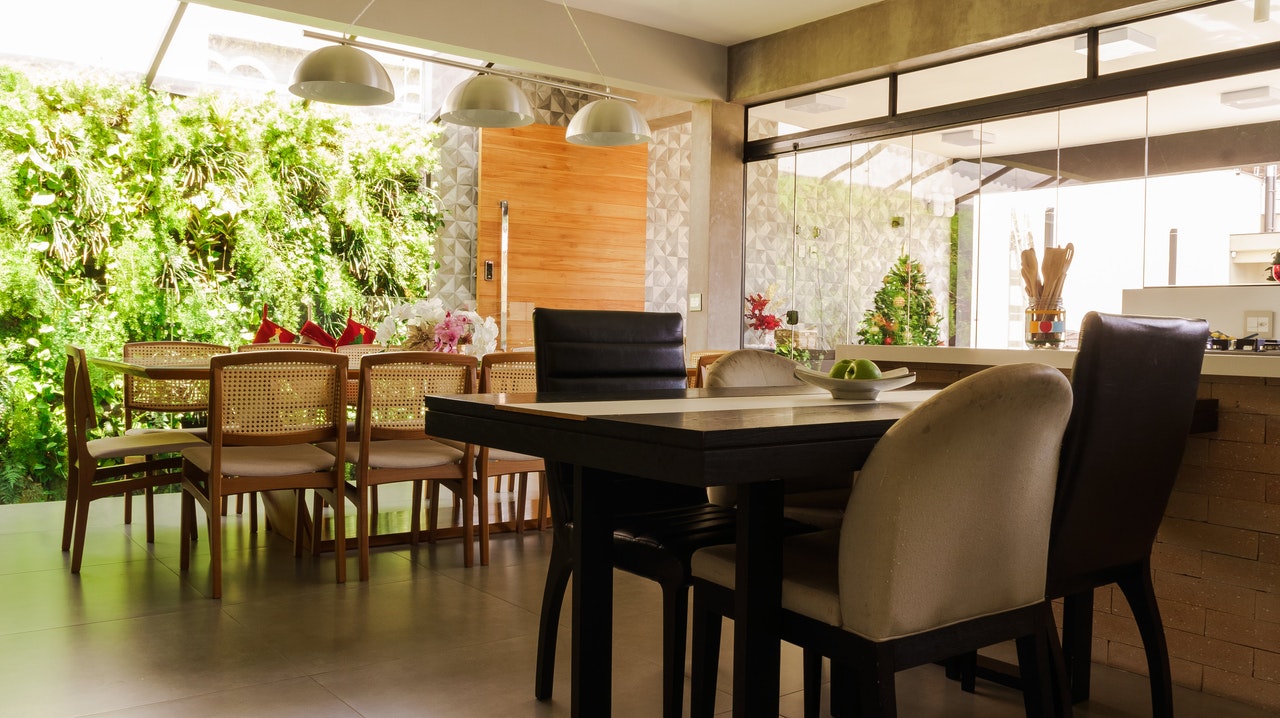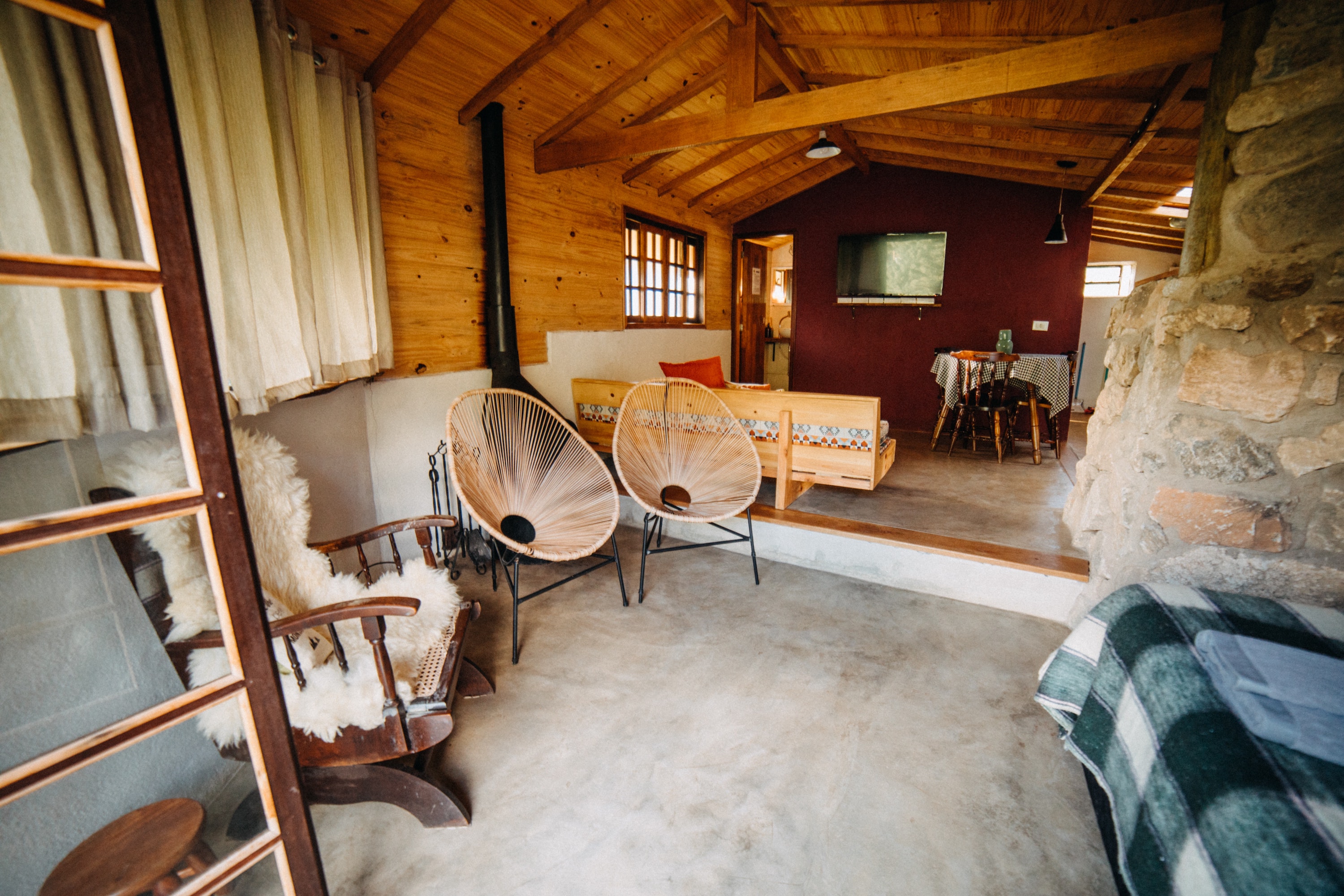I recently chatted with Erin Rovalo, Ph.D., Director Of Education at International Living Future Institute, about biophilic design. If you’re like me and you might not really know what biophilic design is, then you’re in the right place.
This design principle focuses primarily on the wellness of residents. Humans are biologically attuned to nature, and biophilic design helps connect us to our roots.
BASIC BIOPHILIC DESIGN PRINCIPLES
Biophilic design is really just a way of using spatial design to engage the senses and trigger a positive physiological response in the home occupant by emulating natural environments. These can include the lowering of their heart rate, improving concentration and relaxation, and more that is still being studied.
In practice, biophilic design involves the following:
- Requires repeated and sustained engagement with nature.
- Focuses on human adaptations to the natural world over evolutionary time that advanced peoples health, fitness, and wellbeing.
- Encourages an emotional attachment to particular settings and places.
- Promotes positive interactions between people and nature that encourage an expanded sense of relationship and responsibility for human and natural communities.
- Encourages mutually reinforcing, interconnected, and integrated architectural solutions.
Though still an emerging field of research, biophilic design is based on 30 years of environmental psychology. There are two main theories that are frequently referenced in biophilic design: attention restoration and stress-reduction theory.
Attention Restoration Theory
According to a study by Naz Bilgic and Genell W Ebbini of the University of Minnesota, Attention Restoration Theory (ART) “suggests a connection with nature as a way of restoration from mental fatigue that individuals experience within their daily lives.”
Features of ART include rejuvenation, mental restoration, fascination, coherence, and compatibility.
Stress-Reduction Theory
Additionally, biophilic research suggests that hardlined concrete structures can trigger a fight-or-flight response to humans. On the flip side, nature-based environments—even simulated ones—create a state of relaxation.
Interestingly enough, biophilic principles also have a bit of overlap with trauma-informed design, according to Rovalo.

WHY BIOPHILIC, WHY NOW?
Throughout the year, humanity has been faced with the difficulties of a global pandemic. Quarantine and lockdowns are no longer just something we see in movies. We’ve lived through them ourselves.
To cope with this, we have found an increasing desire to reconnect with nature. Rather than being held hostage by the walls of our homes, we took to the hiking trails and parks. This change in lifestyle has not gone away in the past year, and it has not gone unnoticed either.
Remodelers in 2021 have found more homeowners wanting to turn their backyard into an oasis, connecting it more with their homes’ interior. For multifamily units, residents desire jogging paths and outdoor amenities more and more every year.
However, many have found that access to nature isn’t always so easy. This realization has become especially apparent during the COVID-19 pandemic. Shouldn’t we be looking to solve that?
ADVICE FOR HOMEBUILDERS AND RESIDENTIAL DEVELOPERS
Rovalo suggests that developers of community-scale residential homes have the most to gain from biophilic implementation. However, biophilic design has found success in singular houses as well.
Case studies such as Loom House and Desert Rain show that any development can benefit from the use of non-toxic building materials and a regenerative footprint.
Project leaders should also look into making sure their home-build is Red List compliant—free of harmful chemicals that are commonly used in building materials and furniture. Opt for FSC-certified wood instead, and use natural materials (wool, cotton, organic latex) over petroleum-based ones. Not only is it healthier, but residents have enjoyed the natural exposed stone and wood look for years.
High-quality air can be achieved through the use of low-to-no VOC finishes, avoiding harmful paints, functional windows, and an ERV unit.
Adequate sunlight is also essential for healthy living. Developers should take note of the positive effects that ample windows and glass doors allow. Not only do they let the sun in, they let the resident peer out to the natural views of the outdoors—sights that are also key to biophilic design.
All of these techniques were used in the Loom House and Desert Rain homes. If you’re worried about the costs for implementing biophilic design, Interface has published a convenient guide for making affordable design choices. There are steps that any developer can take, big or small, to create a biophilic home.
For more tips on building biophilic homes on a budget, check out this previous Utopia article on the subject.

Every year the International Living Future Institute awards a project for their application of biophilic design principles. Last year, a single-home residential development was named as a finalist.
If you’re a developer using biophilia and think you’ve got a shot, you can apply for the Stephen R. Kellert Biophilic Design Award to be recognized for your achievements.
For more on wellness and biophilic design, read it here on Utopia.






